Nestled within the bustling heart of modern Mexico City lies a treasure trove of history and culture—the Templo Mayor, an ancient testament to the grandeur and complexity of the Mexica civilization. As I embarked on my journey to visit this remarkable site, I found myself immersed in a world of architectural marvels, rich symbolism, and profound historical significance.
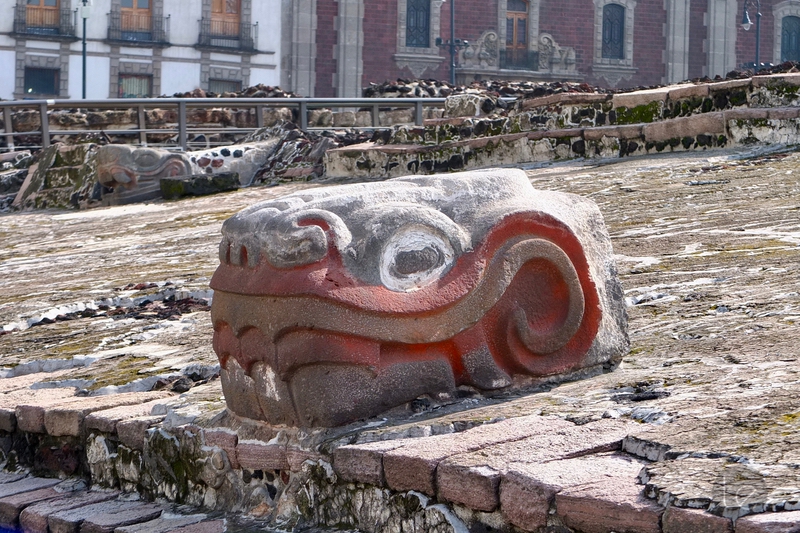
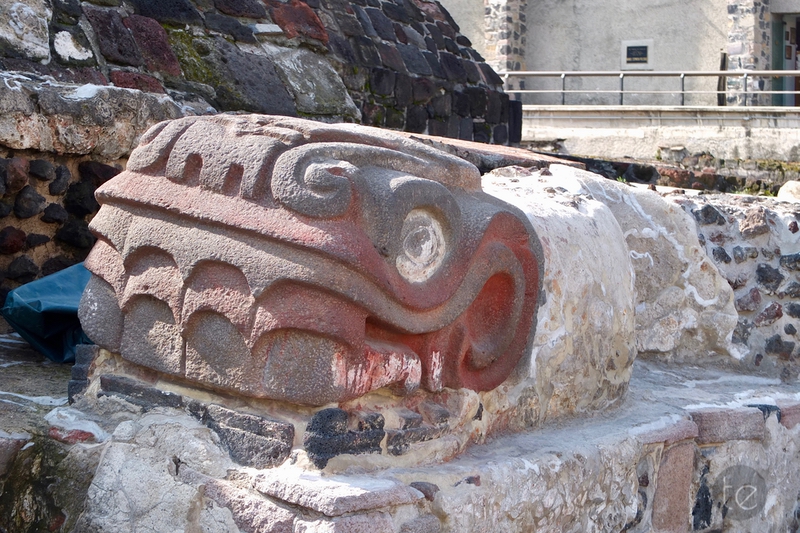
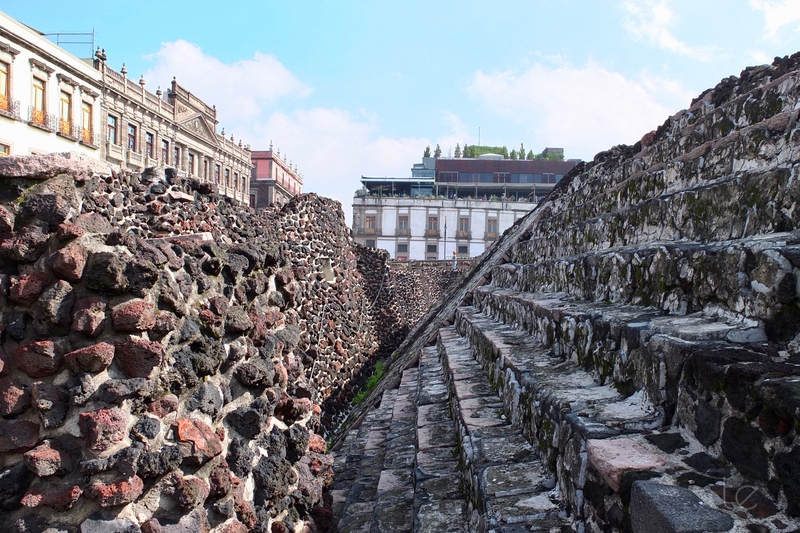
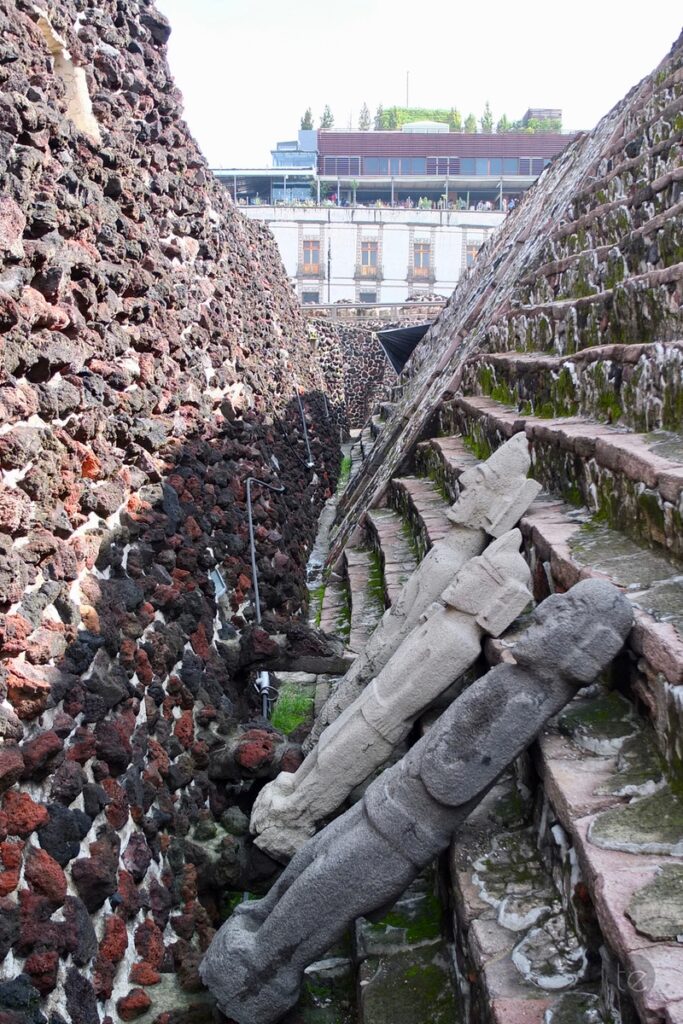
The Templo Mayor, also known as the Main Temple, served as the epicentre of religious and ceremonial life for the Mexica people in their capital city of Tenochtitlan. Dedicated to the gods Huitzilopochtli, Tlaloc, and Quetzalcoatl, this monumental structure stood as a symbol of divine power and cosmic order. As I stood before its remnants, I couldn’t help but feel a sense of awe and reverence for the ancient civilization that once thrived in this very place.
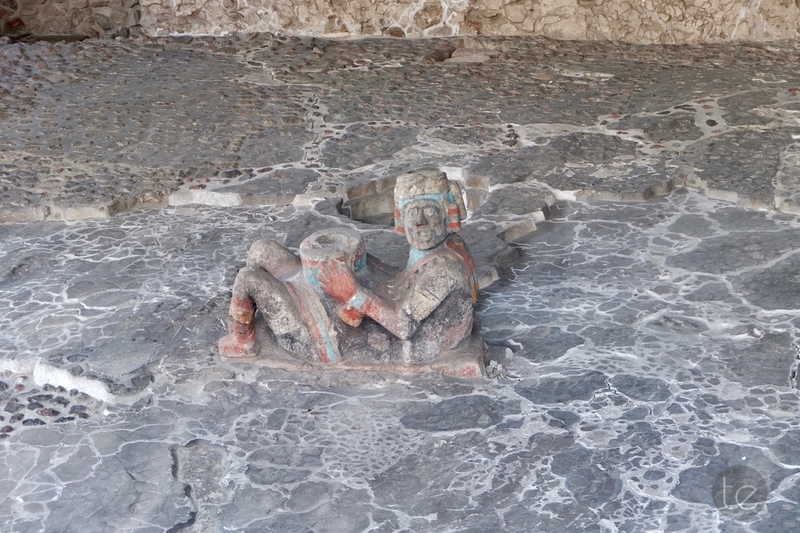
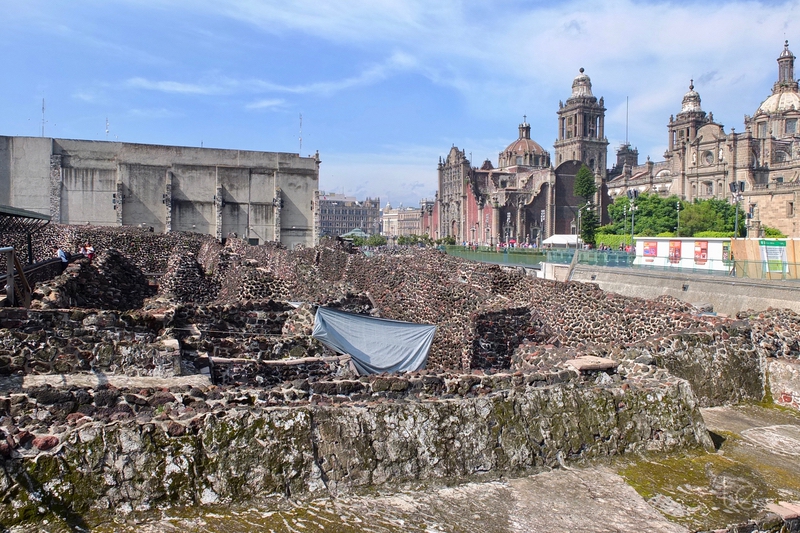
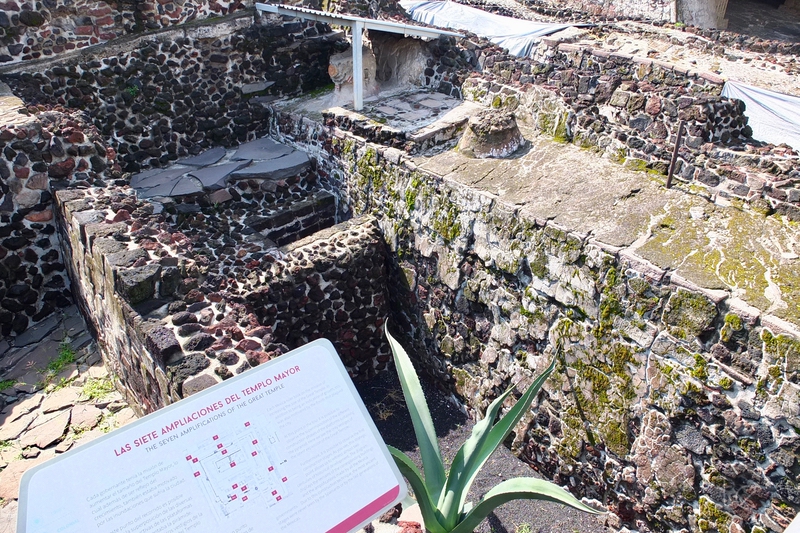
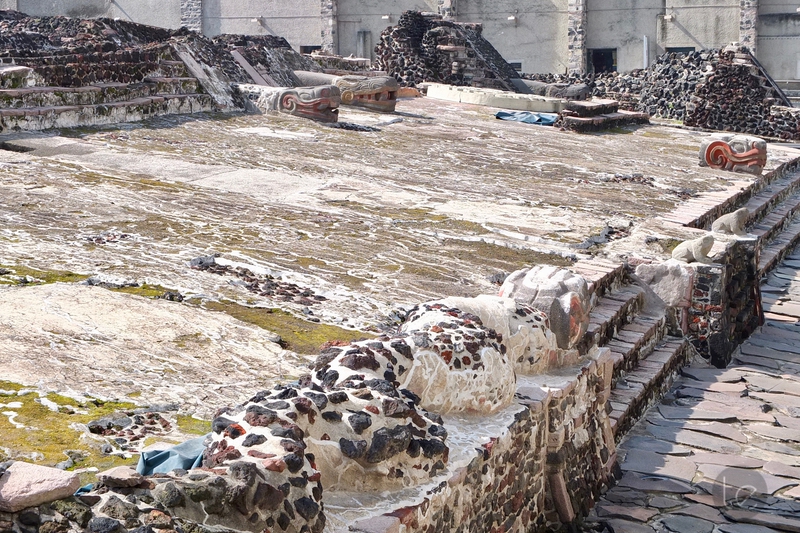
The journey to uncover the secrets of the Templo Mayor began with its rediscovery in the 20th century. Buried beneath the bustling streets of Mexico City, the temple lay dormant for centuries until its excavation commenced in the late 1970s. Led by archaeologist Eduardo Matos Moctezuma, the Templo Mayor Project unearthed a wealth of artifacts and insights into Mexica culture, shedding light on a civilization shrouded in mystery.
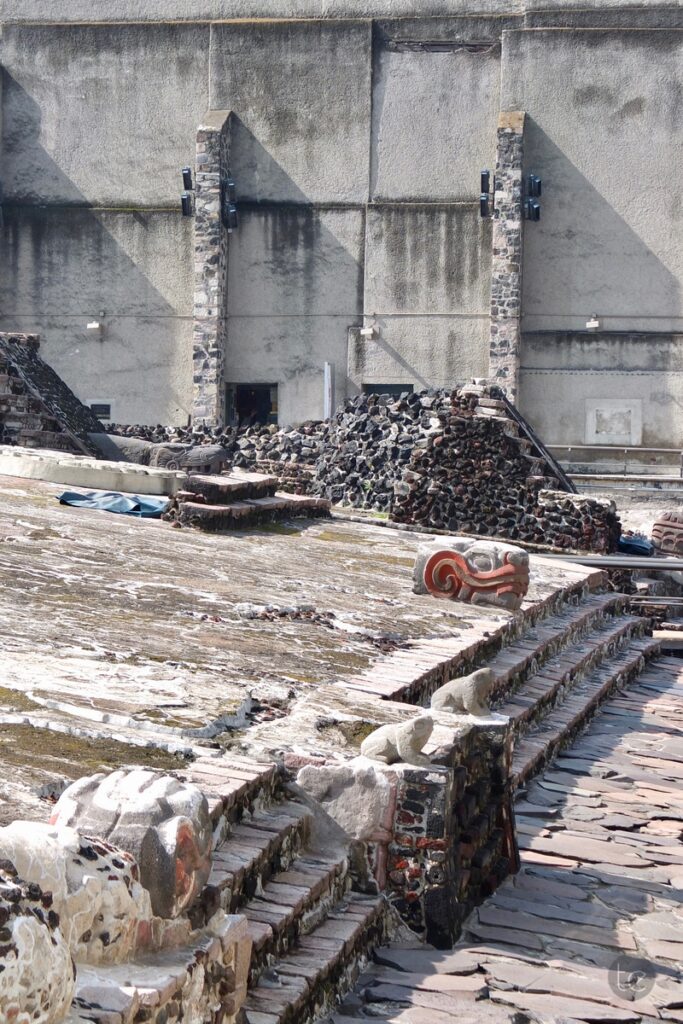
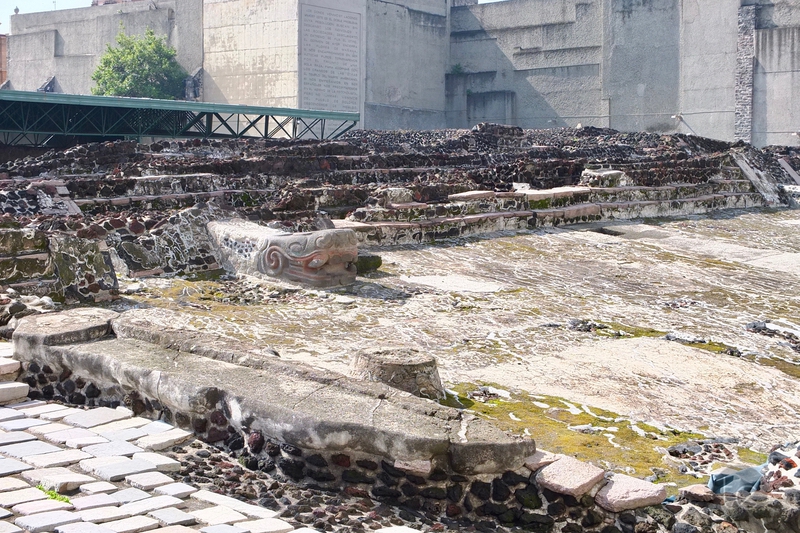
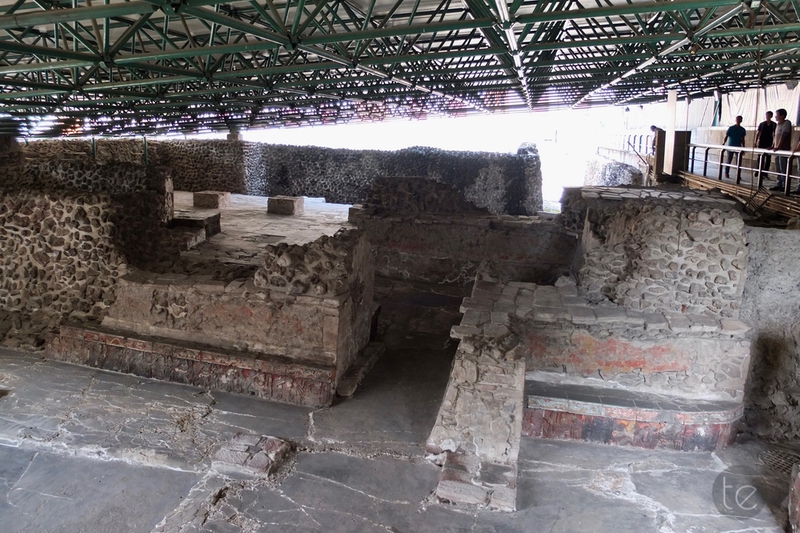
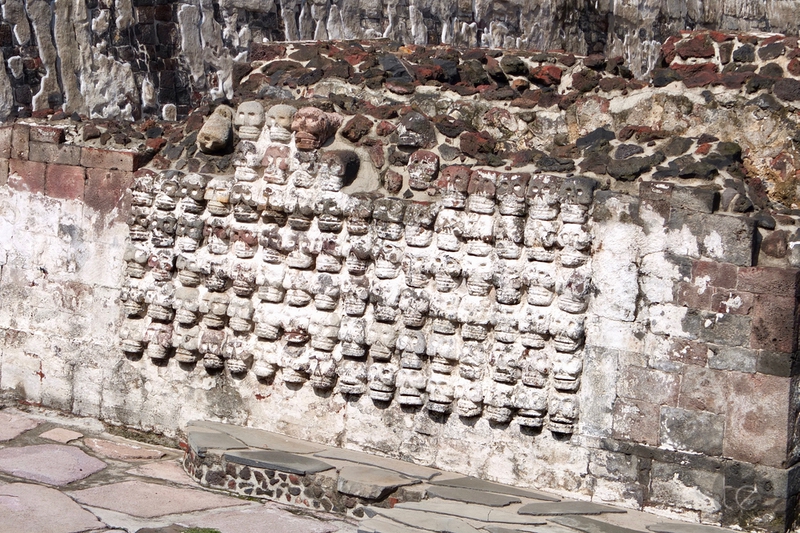
Walking through the Templo Mayor Museum, I was surrounded by artifacts that offered glimpses into the daily lives, rituals, and beliefs of the Mexica people. Each exhibit told a story of a vibrant and complex society, from intricate sculptures and ceremonial masks to sacrificial offerings and architectural fragments.
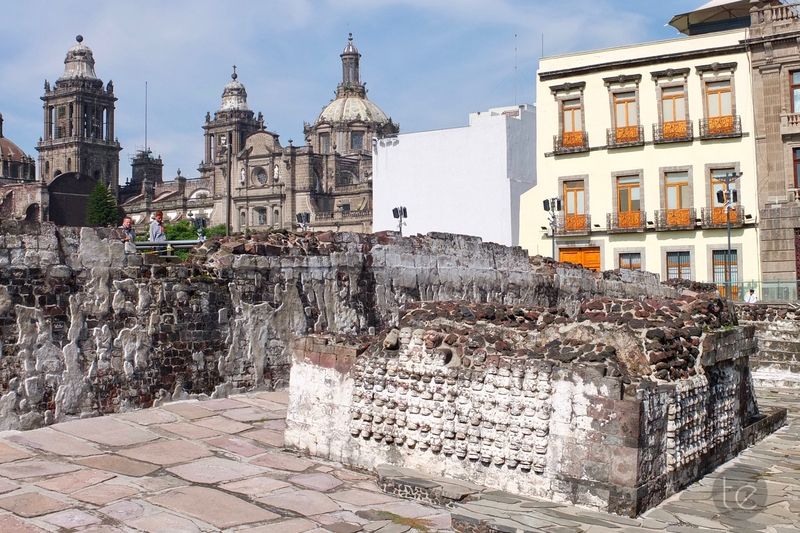
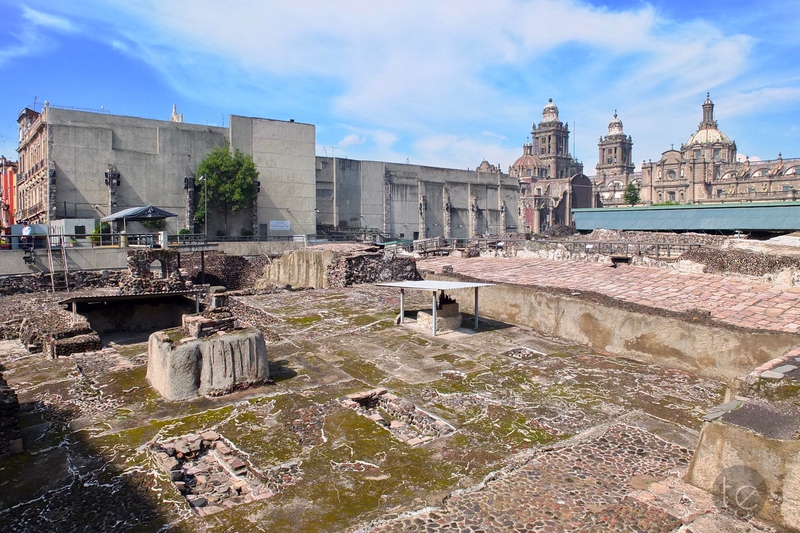
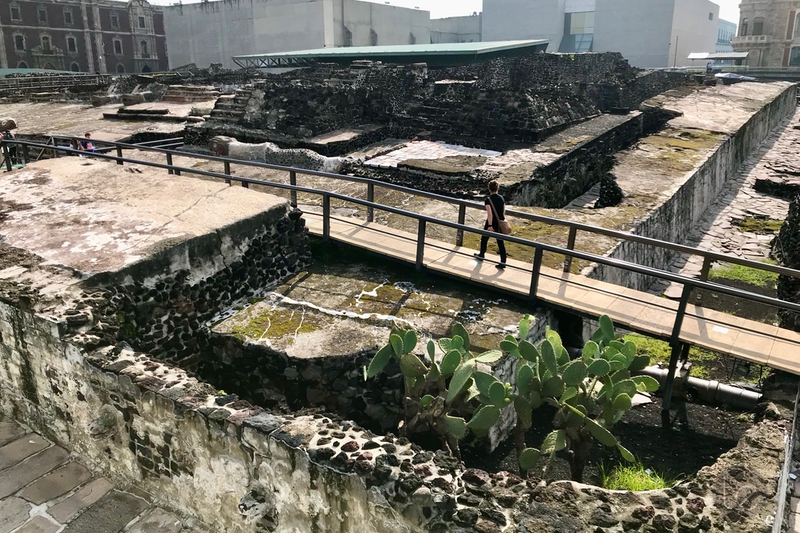
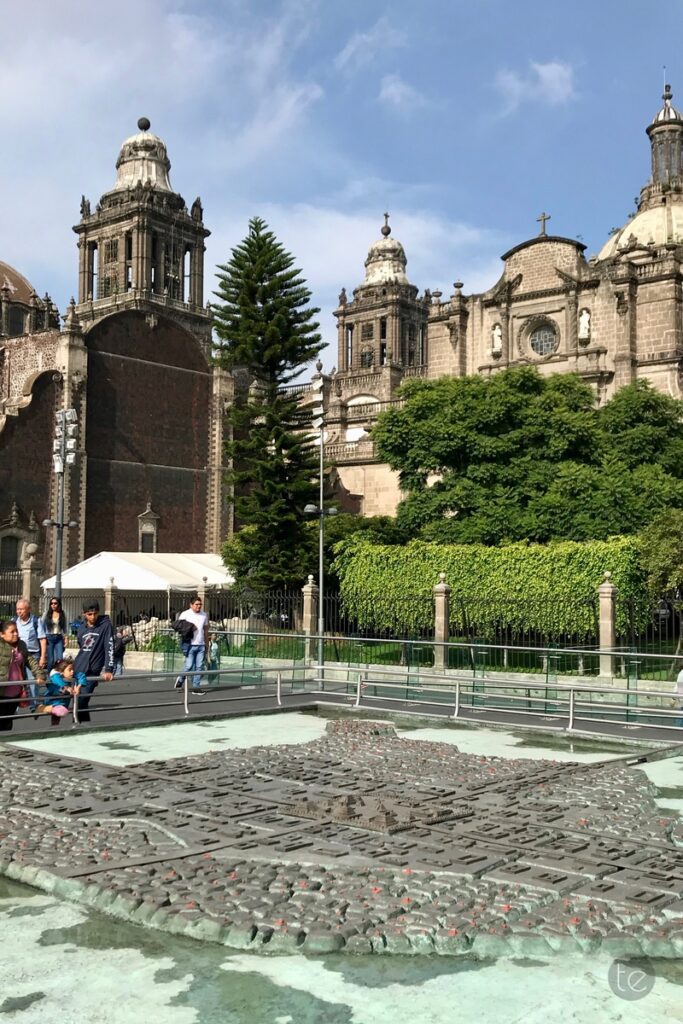
One of the most striking aspects of the Templo Mayor is its architectural significance. Built and rebuilt over multiple phases, the temple evolved alongside the Mexica civilization, reflecting changes in religious practices, political power, and cultural identity. From the earliest earth and wood structures to the elaborate stone temples adorned with intricate carvings and sculptures, the Templo Mayor stood as a testament to the ingenuity and craftsmanship of its builders.
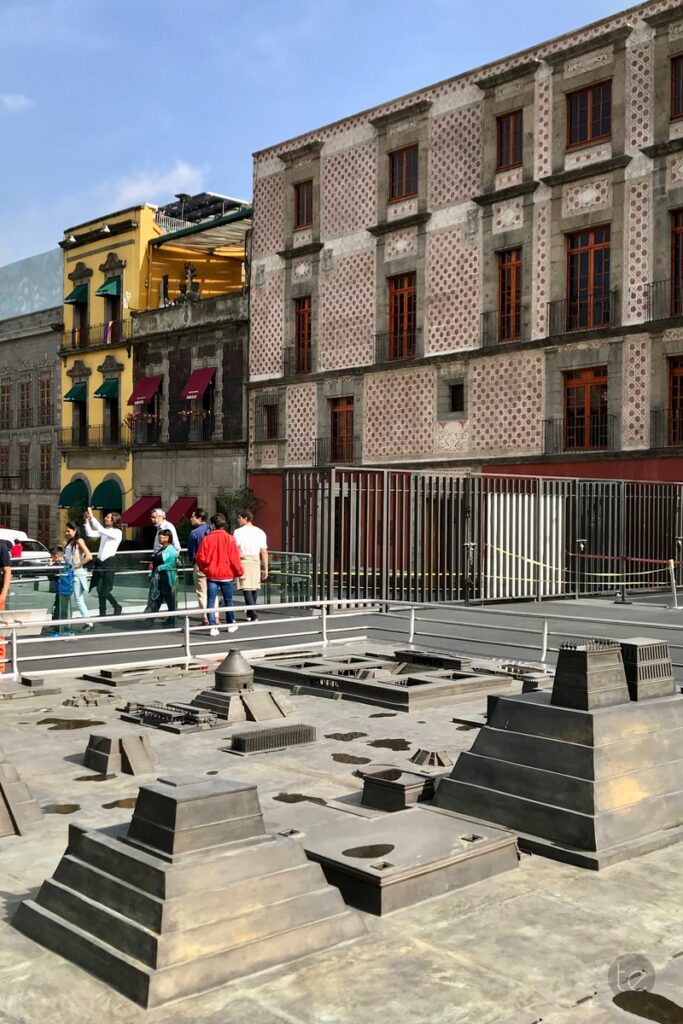
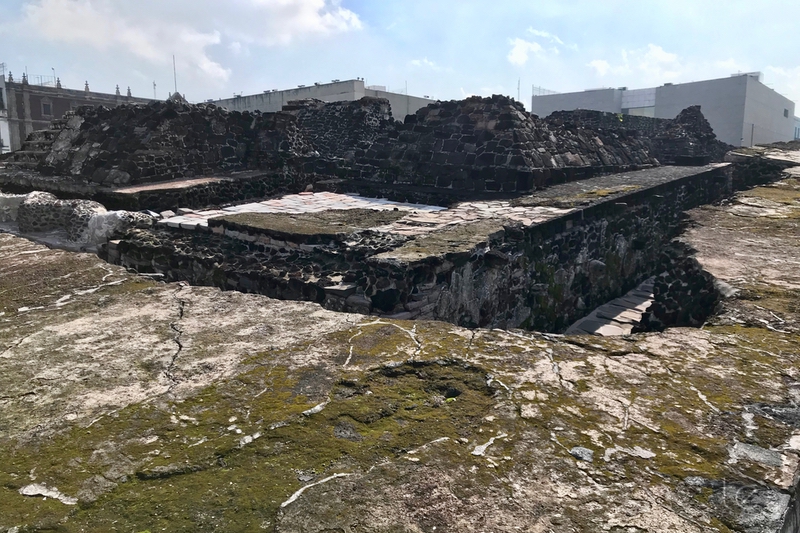
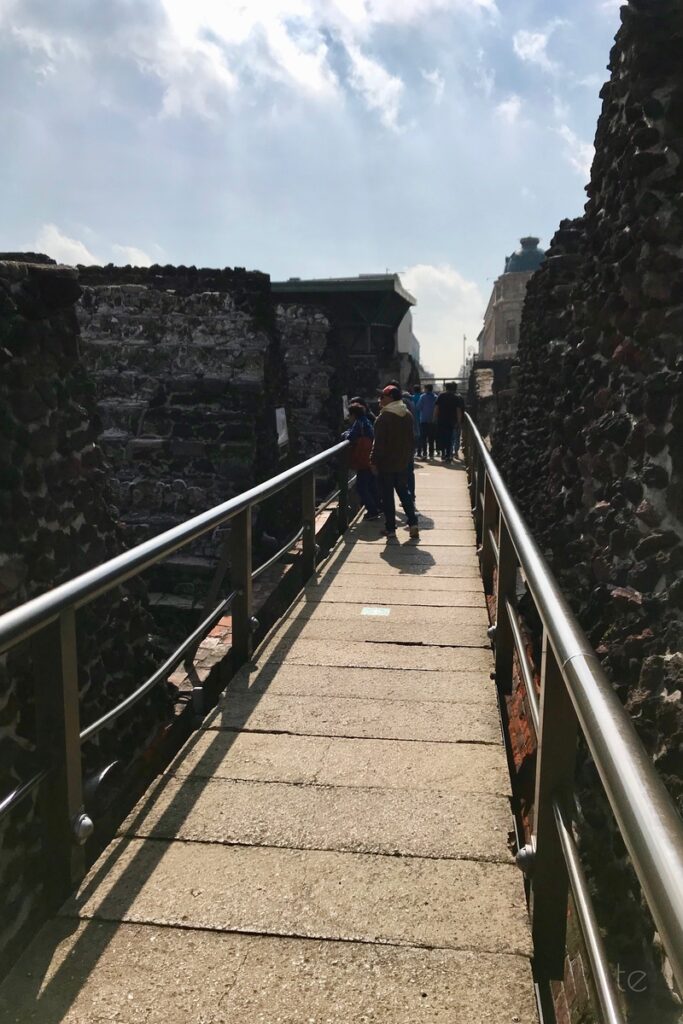
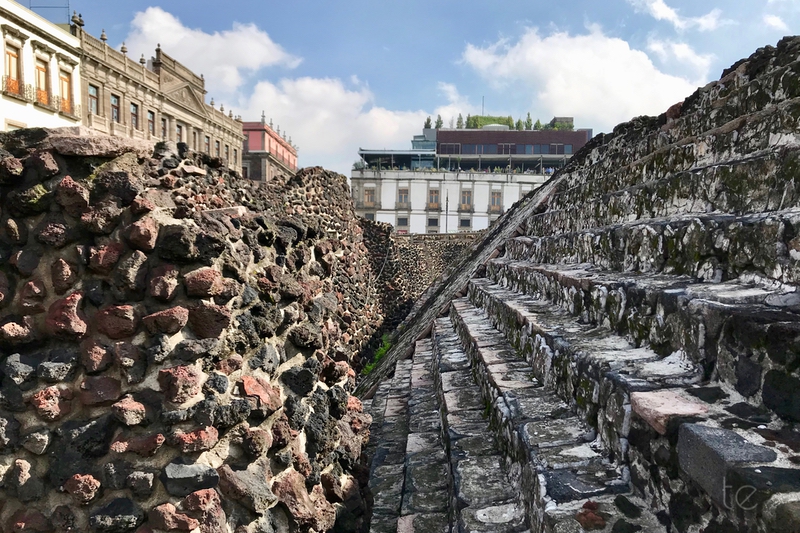
But beyond its architectural splendour, the Templo Mayor held profound symbolic significance for the Mexica people. It served as a microcosm of their cosmological beliefs, with its layout and orientation mirroring the sacred geography of the universe. Each level of the temple represented a different realm of existence, from the earthly domain of humans to the celestial realms of gods and ancestors.
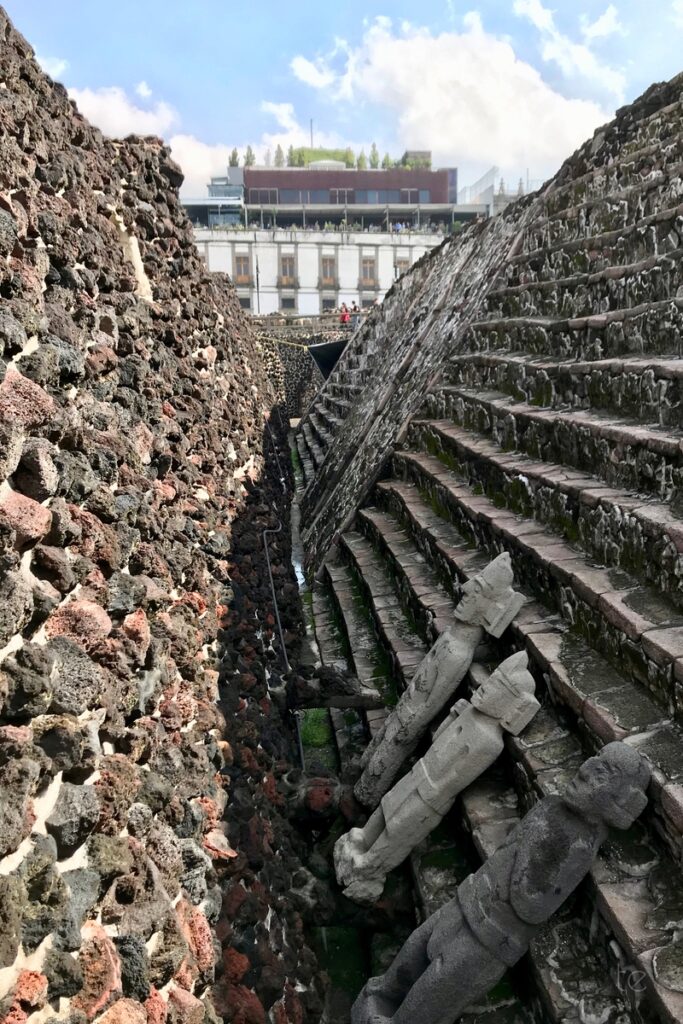
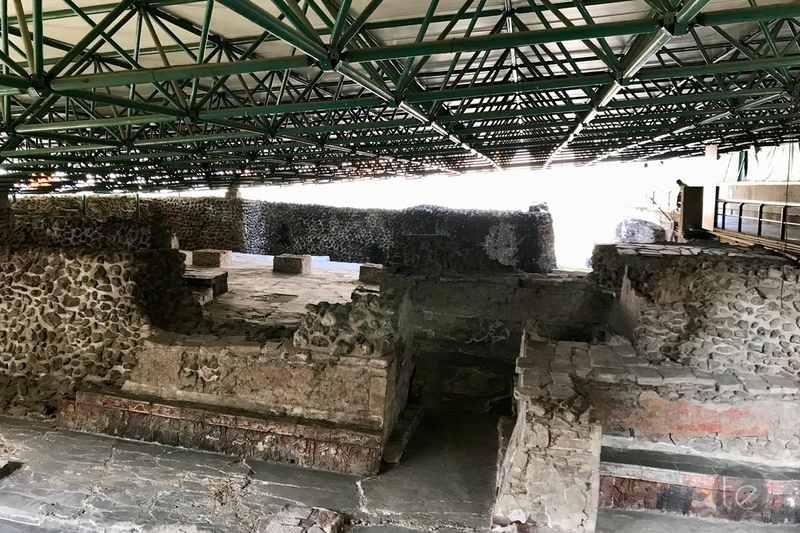
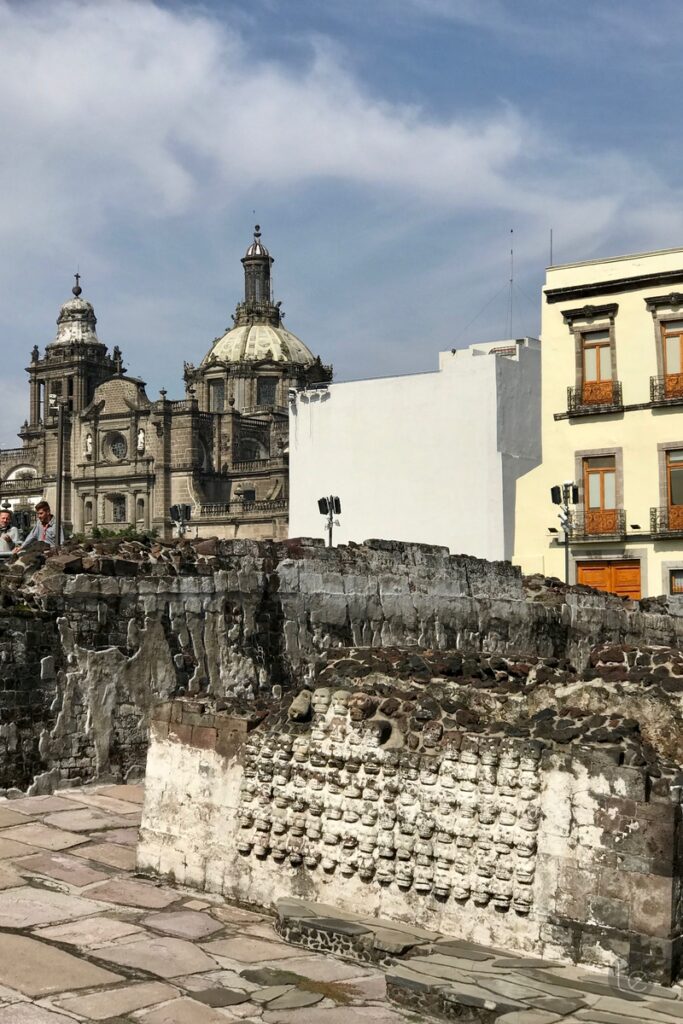
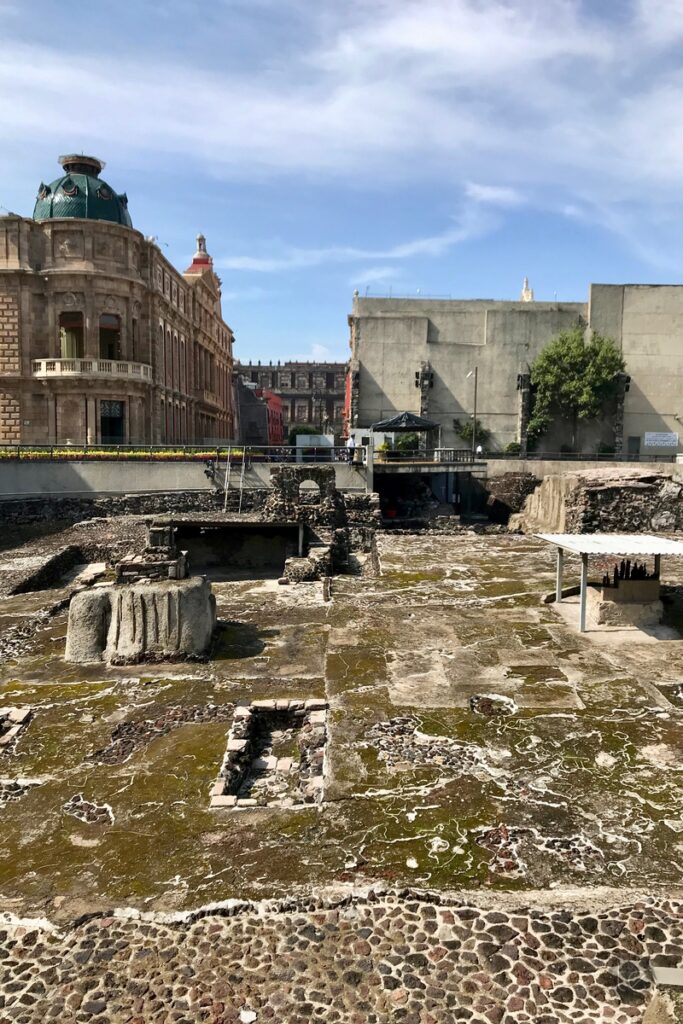
Moreover, the Templo Mayor was a site of ritual and sacrifice, where the Mexica people engaged in sacred ceremonies to honour their gods and ensure the continued harmony of the cosmos. Offerings of precious objects, symbolic artifacts, and even human lives were made to appease the deities and maintain cosmic balance.
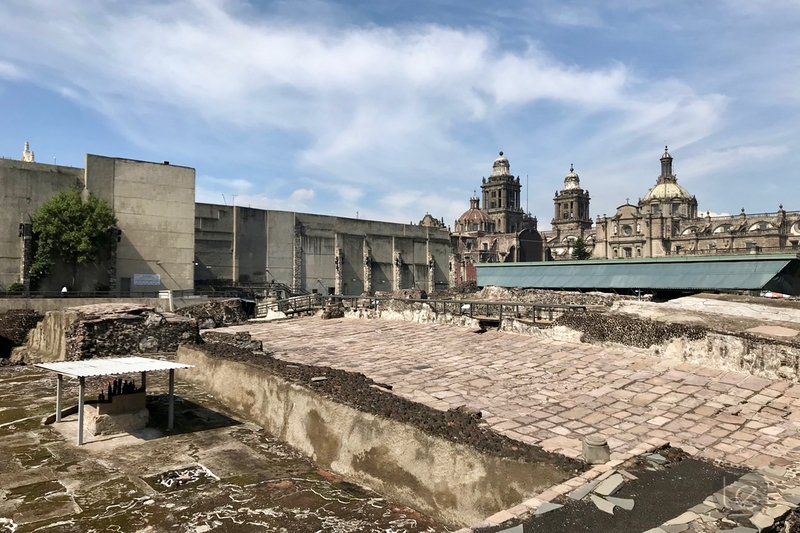
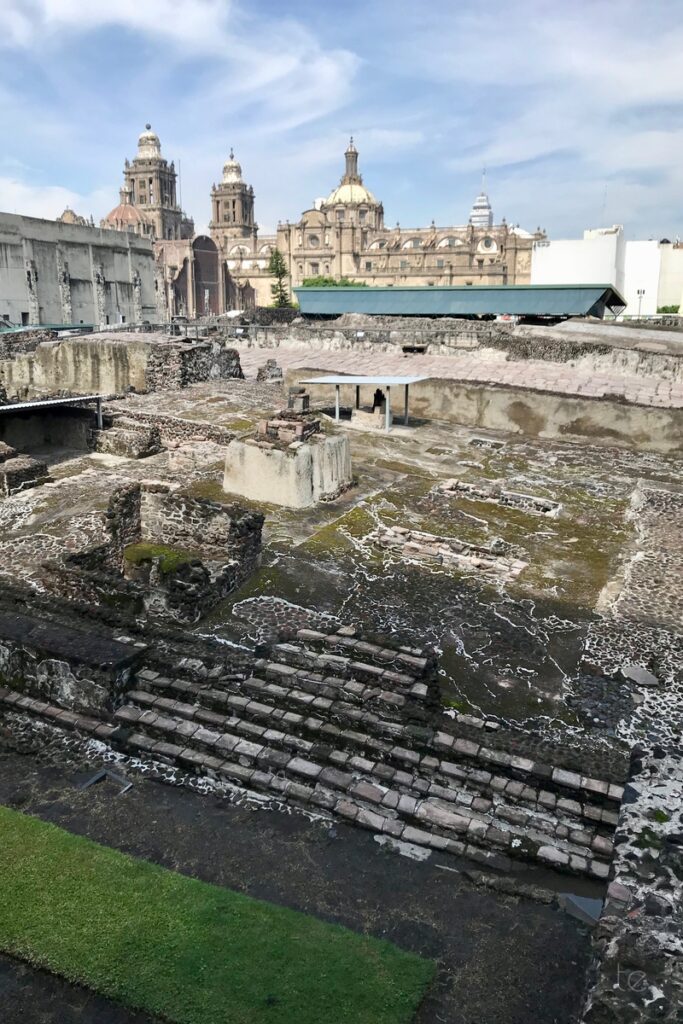
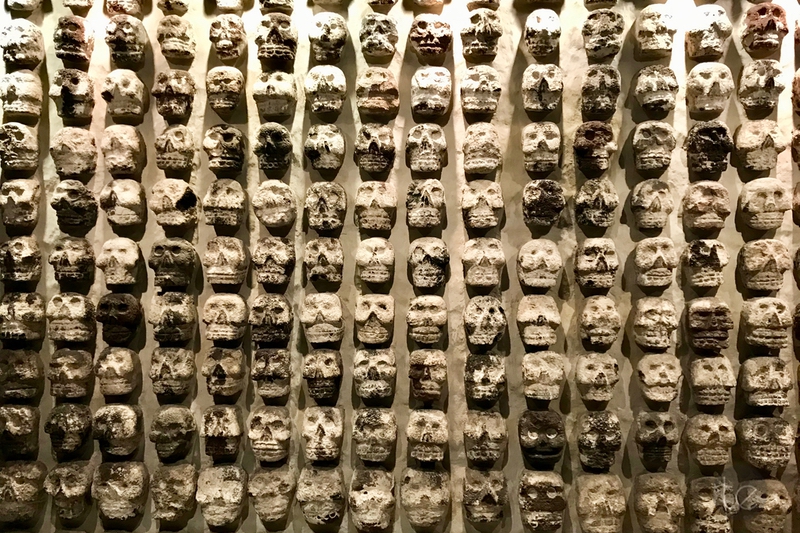
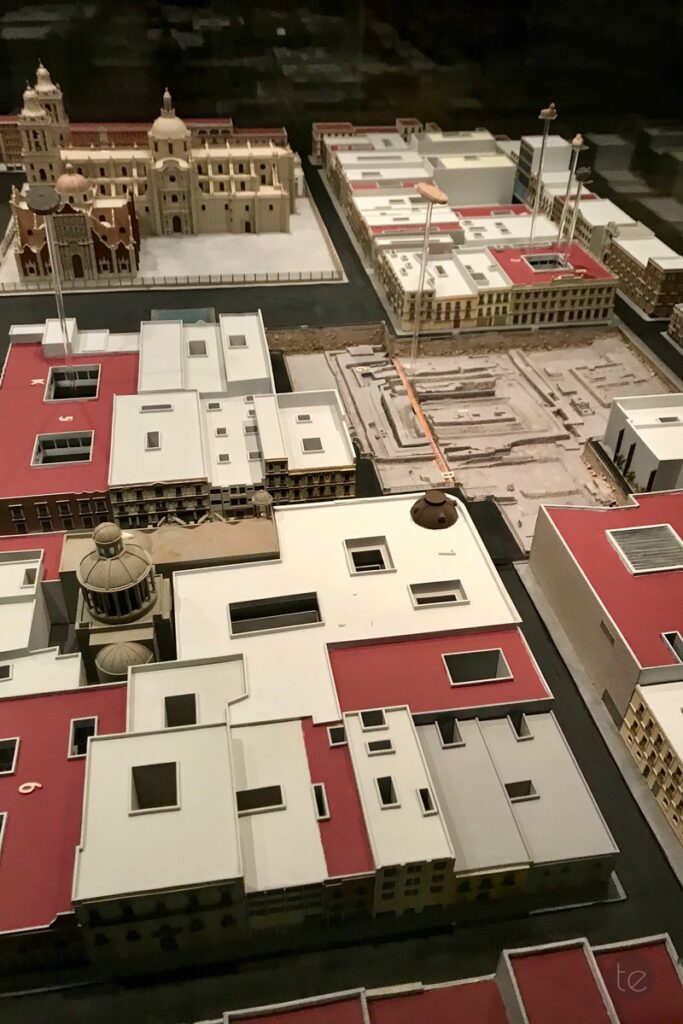
As I explored the surrounding Sacred Precinct, I marvelled at the intricately carved stone reliefs, ceremonial ballcourts, and stately structures that once thrived in this bustling hub of religious activity. Each building and monument offered new insights into the spiritual and cultural life of the Mexica civilization, inviting me to delve deeper into its mysteries. Standing amidst the ruins of the Templo Mayor, I couldn’t help but reflect on the profound legacy of the Mexica people and their enduring contributions to human history. Despite the passage of centuries, the spirit of their civilization lives on in the ancient stones and artifacts that continue to captivate and inspire visitors from around the world.
As I bid farewell to the Templo Mayor, I carried with me a newfound appreciation for the rich tapestry of Mesoamerican culture and a sense of gratitude for the opportunity to witness firsthand the wonders of this remarkable archaeological site. In a world filled with wonders both ancient and modern, the Templo Mayor stands as a timeless reminder of the enduring power of human creativity, ingenuity, and spiritual expression.
Thanks for visiting and reading. Consider subscribing to the Substack newsletter today to get the latest posts delivered directly to your mailbox. Please do not steal images from the website. All images are watermarked and copyrighted. Feel free to engage by leaving a comment below. Until next time.
Here are 10 lesser-known facts about Templo Mayor in Mexico City:
- Founding Myth: According to tradition, the Templo Mayor is believed to have been built on the exact spot where the god Huitzilopochtli gave the Mexica people his sign that they had reached the promised land: an eagle on a nopal cactus with a snake in its mouth.
- Symbolic Representation: The Templo Mayor partially symbolized the Hill of Coatepec, where, according to Mexica myth, Huitzilopochtli was born. The southern half of the temple represented Coatepec, while the northern half represented Tonacatepetl, the mountain home of Tlaloc.
- Cosmic Alignment: Fray Toribio de Motolinía, a Spanish friar, wrote that the Aztec feast of Tlacaxipehualiztli took place when the sun stood in the middle of the Temple of Huitzilopochtli, indicating a significant astronomical alignment.
- Architectural Evolution: The Templo Mayor underwent multiple phases of construction and expansion, reflecting changes in Mexica religious beliefs and political power. Each phase left its mark on the temple’s architecture and symbolism.
- Offerings of Human Sacrifice: The temple was a site of ritual and sacrifice, with offerings of precious objects, symbolic artifacts, and human lives made to appease the gods and maintain cosmic balance. The scale and significance of these sacrifices are still being studied by archaeologists.
- Sacred Precinct: Surrounding the Templo Mayor was a sacred precinct enclosed by a wall called the “coatepantli” (serpent wall). This precinct housed various important buildings, including the Calmecac, a residence hall and school for priests, and the Temple of Quetzalcoatl.
- Ballcourt Rituals: Adjacent to the temple was a ballcourt, known as the tlachtli or teutlachtli, where ritualistic ballgames were played. These games were not merely recreational but held deep religious and symbolic significance for the Mexica people.
- Ocelot Warriors Temple: A temple dedicated to the Ocelot Warriors, who were devoted to the god Tezcatlipoca, lies under the current Museo de la Secretaría de Hacienda y Crédito Público to the south of the Templo Mayor.
- Ceremonial Practices: Rituals such as autosacrifice, where individuals pierced their bodies with obsidian blades or bone perforators, were common among the Mexica people. Offerings associated with these practices, including ceremonial knives and skull masks, have been found at the Templo Mayor.
- Urban Archeology: The Templo Mayor Project, which began in the late 1970s, incorporated urban archeology to excavate the oldest area of Mexico City’s main plaza. This approach revealed not only the temple’s secrets but also insights into the city’s ancient urban landscape and infrastructure.
